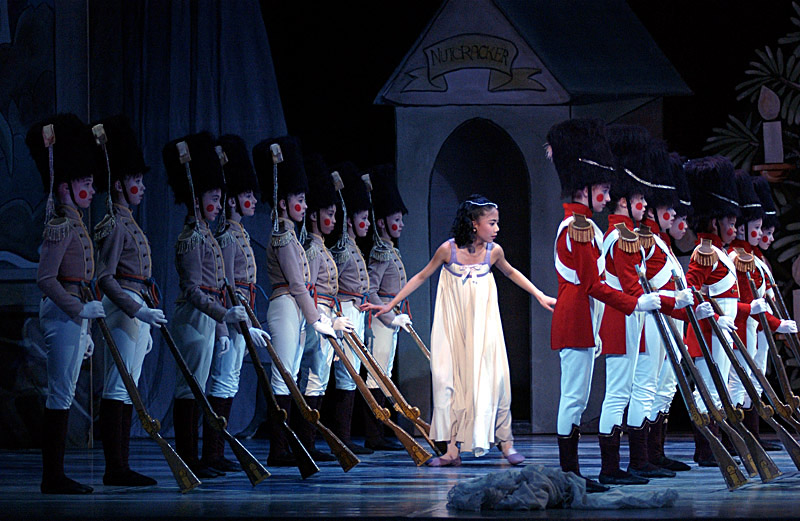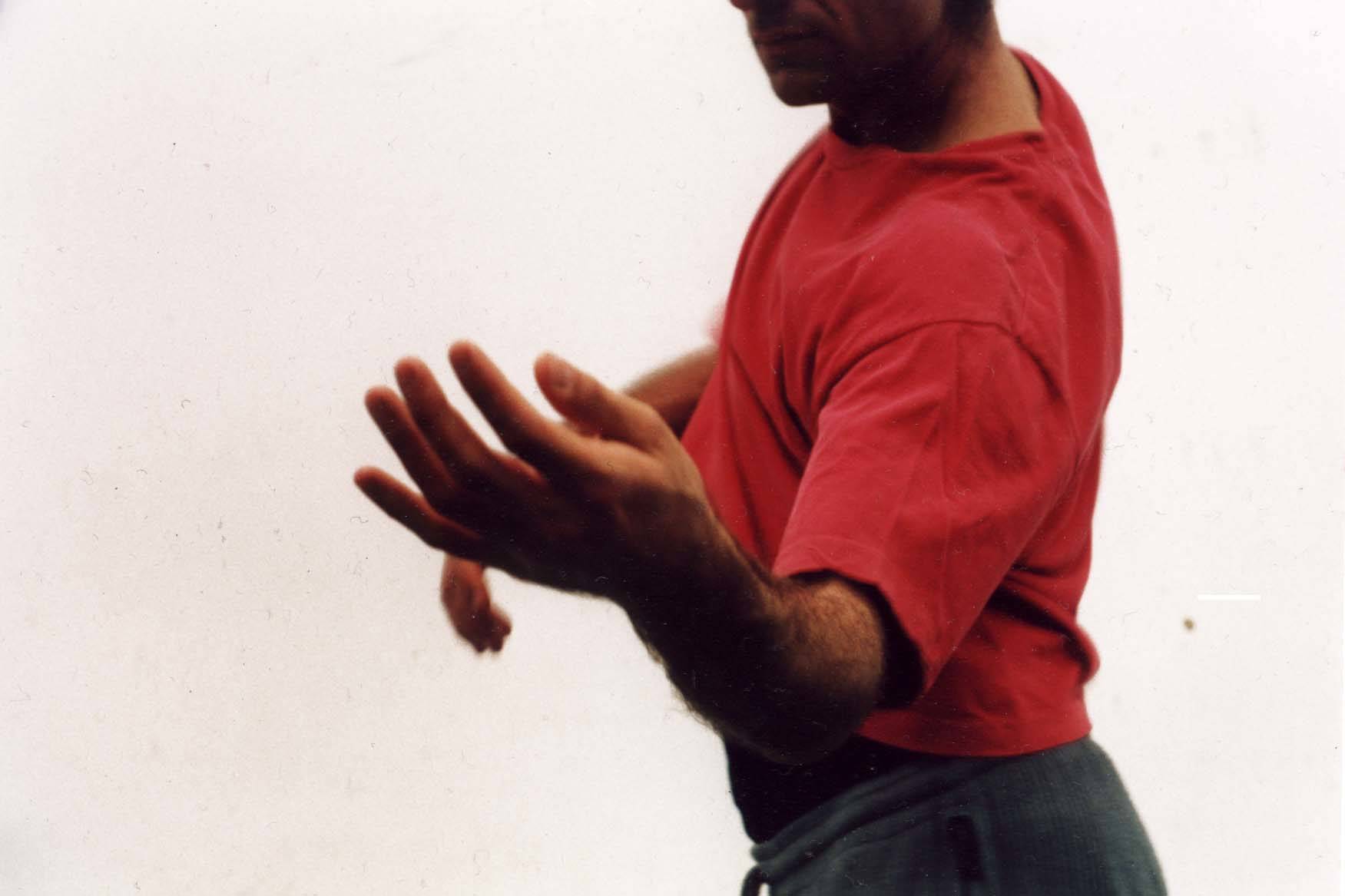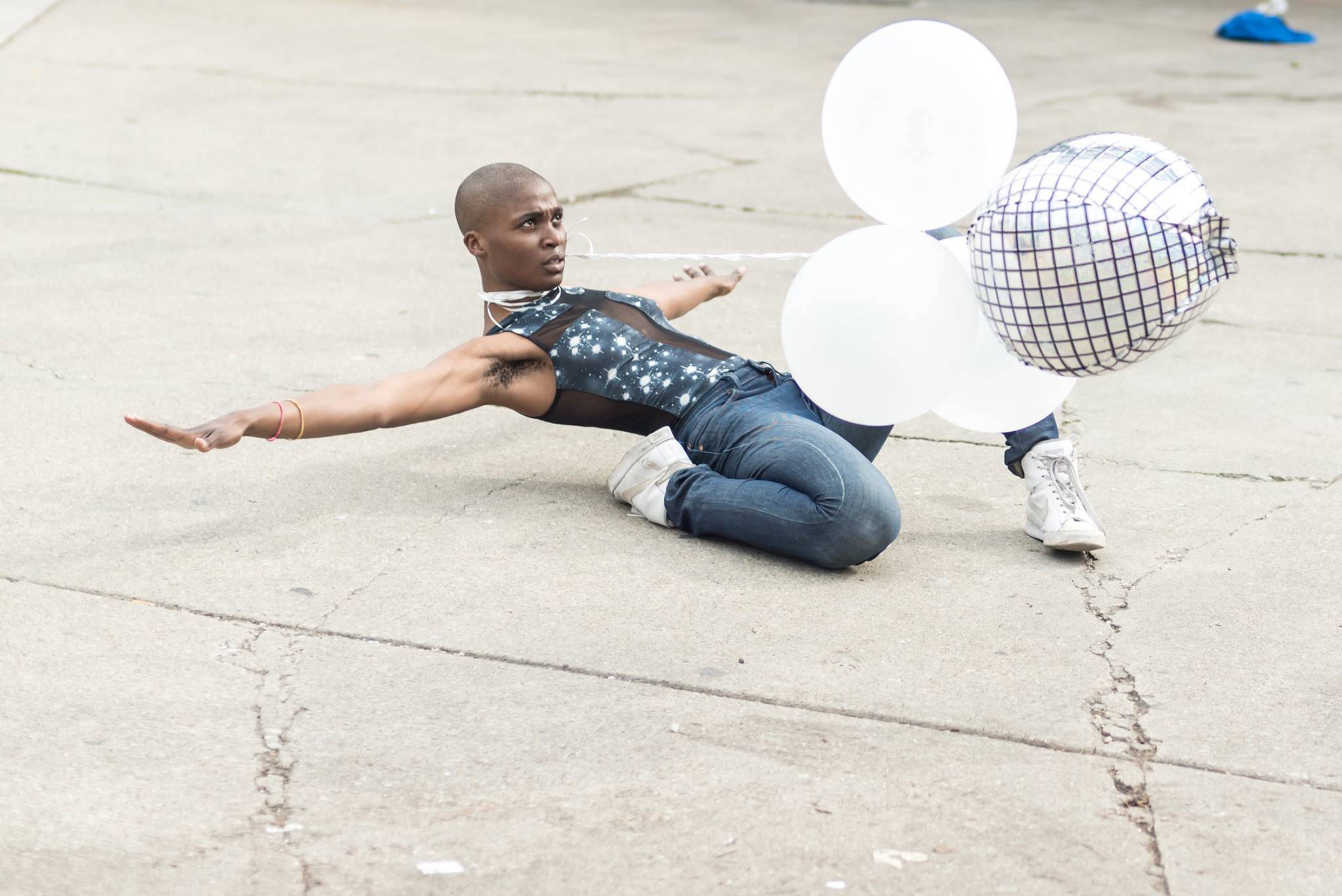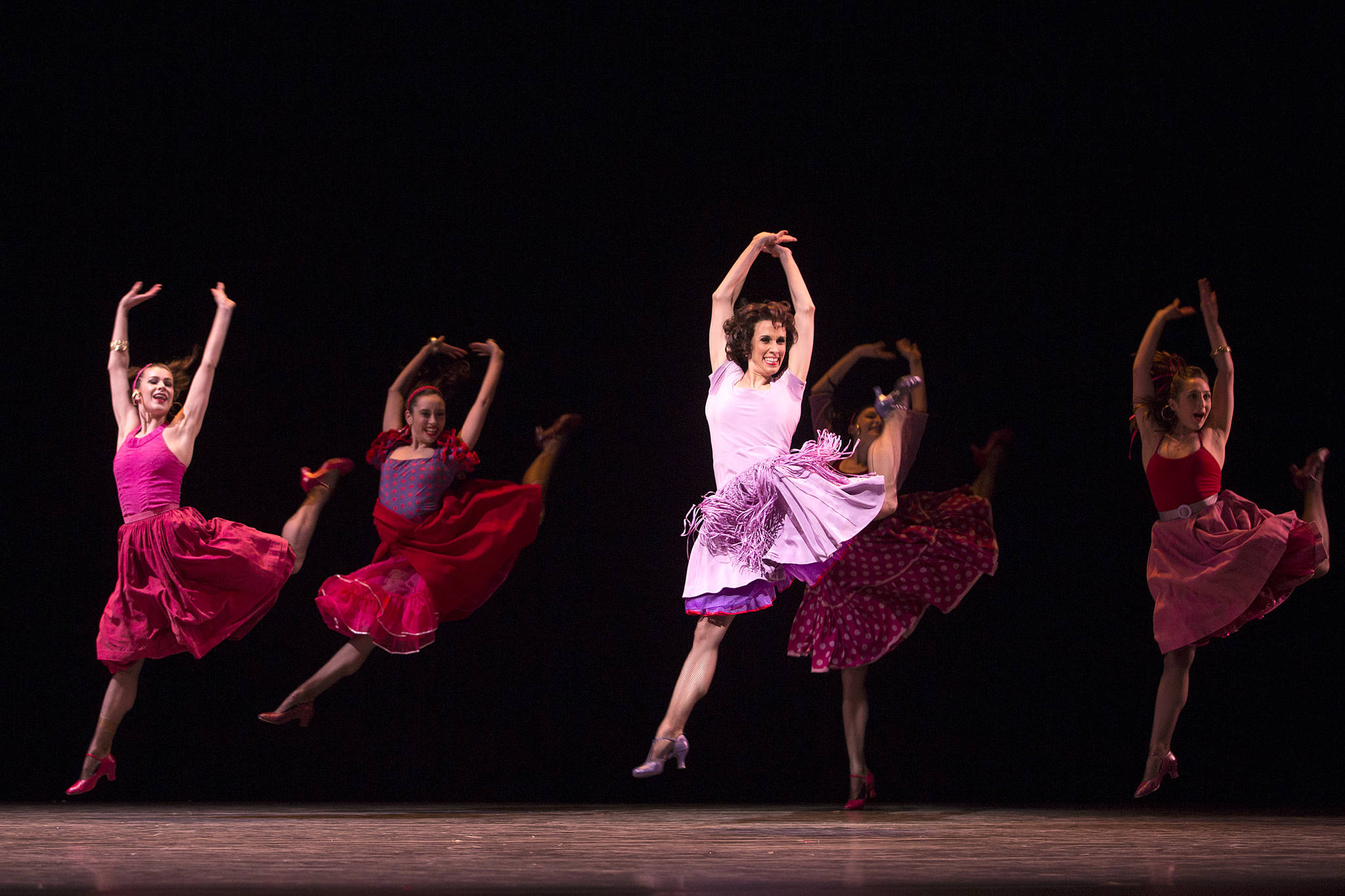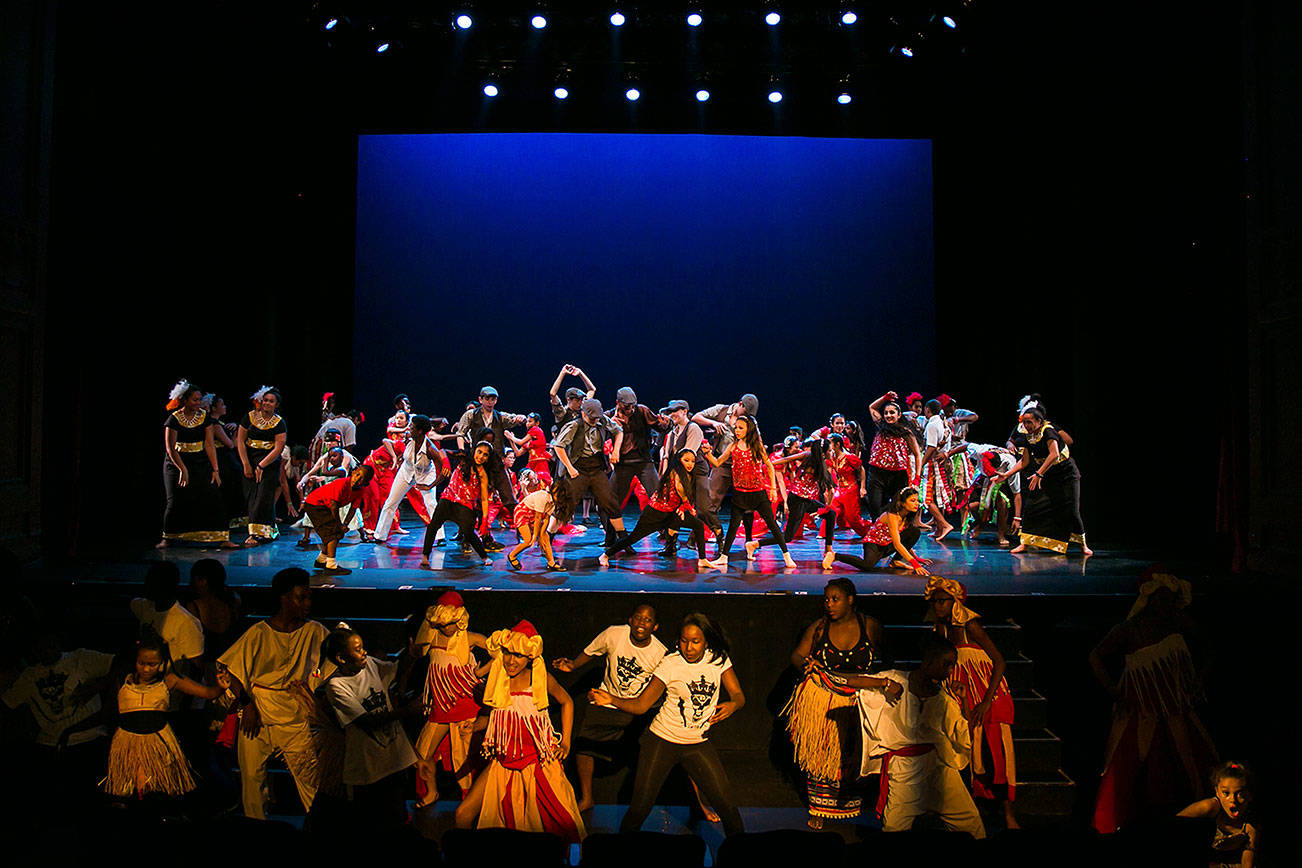Familiarity doesn’t always breed contempt, at least not for some dancers in Pacific Northwest Ballet’s annual Nutcracker. With nearly 40 performances scheduled, most members of the corps de ballet will get more time onstage than they will during the entire balance of the season. In some other PNB mainstays, the corps amounts to living scenery behind the principals and soloists. In a recent audience talk after Sleeping Beauty, Peter Boal described the corps’ role in the final act as being “a big wig and a mazurka.” Nutcracker goes a long way toward rectifying that deficit. So we asked some corps dancers about their initial Nutcracker experiences.
Jessika Anspach, who has danced in the PNB production since she was 11, is pretty blunt about it. “Nutcracker is a gateway drug—you start there, and it pulls you into everything else.” Even with 14 productions behind her, Anspach enthuses, “The corps is central to the show. There’s so much dancing for us. It feels great to dance that much—we get so much stage time.”
Only 10 when he was cast as a party guest in his first Nutcracker, Eric Hipolito Jr. says that since then, “I’ve been the Mouse King, I’ve been an officer, I’ve been all the kids. I see the new kids; they’re so wide-eyed. It’s hard not to be excited. And now I’m Dr. Stahlbaum” [Clara’s father, and the host of the party scene]. Preparation requires as much acting as dancing, he explains. “We make up our own stories—Kent Stowell really encourages people to pick their characters. We’re at a really high-class party. We’re real people.”
Since so many corps members were initially kids on the Nutcracker stage, there’s a sense of ownership with those parts. Sean Rollofson started even earlier than his colleagues. He explains, “I’ve danced every part for a boy in Nutcracker. I was Little Boy when I was 7 [in 1995]—it was my first Nutcracker, I was typecast as a spunky kid, and I could follow the music.” Since then, he’s added every male role except Drosselmeier and the Prince to his resume, but he’s still excited every year when rehearsals start for the run: “When they put the special floor down in Studio C, and the set pieces just keep appearing . . . Yes! It’s Nutcracker time!”
Liora Reshef trained in her native France, where Nutcracker is “just another ballet,” she says. “It’s not a Christmas ballet. There aren’t so many children. And Clara is not young, not a little girl—a ballerina will have that role.” Since arriving at PNB in 2005, she’s had to adjust to an Americanized Nutcracker, which is fundamentally a holiday program. In Seattle and elsewhere, it’s become the ballet equivalent of Handel’s Messiah or Dickens’ A Christmas Carol (and of course an important holiday moneymaker that helps underwrite the rest of the season). Today, Reshef has gotten over the seasonal strangeness, and she wouldn’t consider skipping the production: “You’d feel like you’re leaving your team, defecting. I have never cheated on the PNB Nutcracker.”
Conversely, when Joshua Grant encountered a non-seasonal Nutcracker abroad, he remembers thinking to himself, “It just seemed wrong.” Grant started his professional career here, and though he’s performed several different Nutcrackers around the U.S. and Canada before returning to PNB, he claims not to remember a step from any of them. Instead, he says the Tchaikovsky/Stowell/Sendak version—first performed in 1983—is the only one that’s stuck with him: “It’s a real ballet, with real characters and a full production.”
Leta Biasucci has been dancing in different Nutcrackers for 13 seasons, but since she just joined PNB this year, this is her first experience with Stowell’s choreography. “I have been doing Balanchine’s Nutcracker since I was 9,” she says. “So those are the steps in my mind. I’ve been doing those steps forever—what else would they be?” Now she’s starting over, in a sense, trying to put the old Nutcracker out of her mind and feet.
